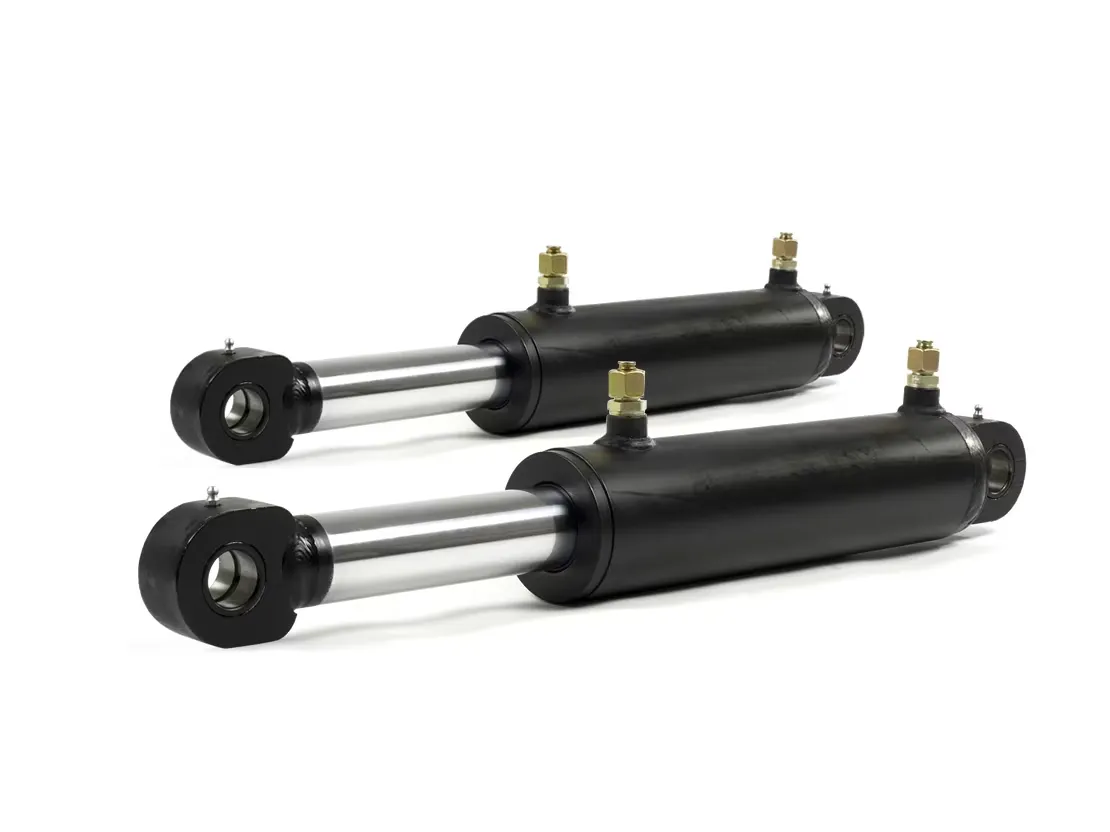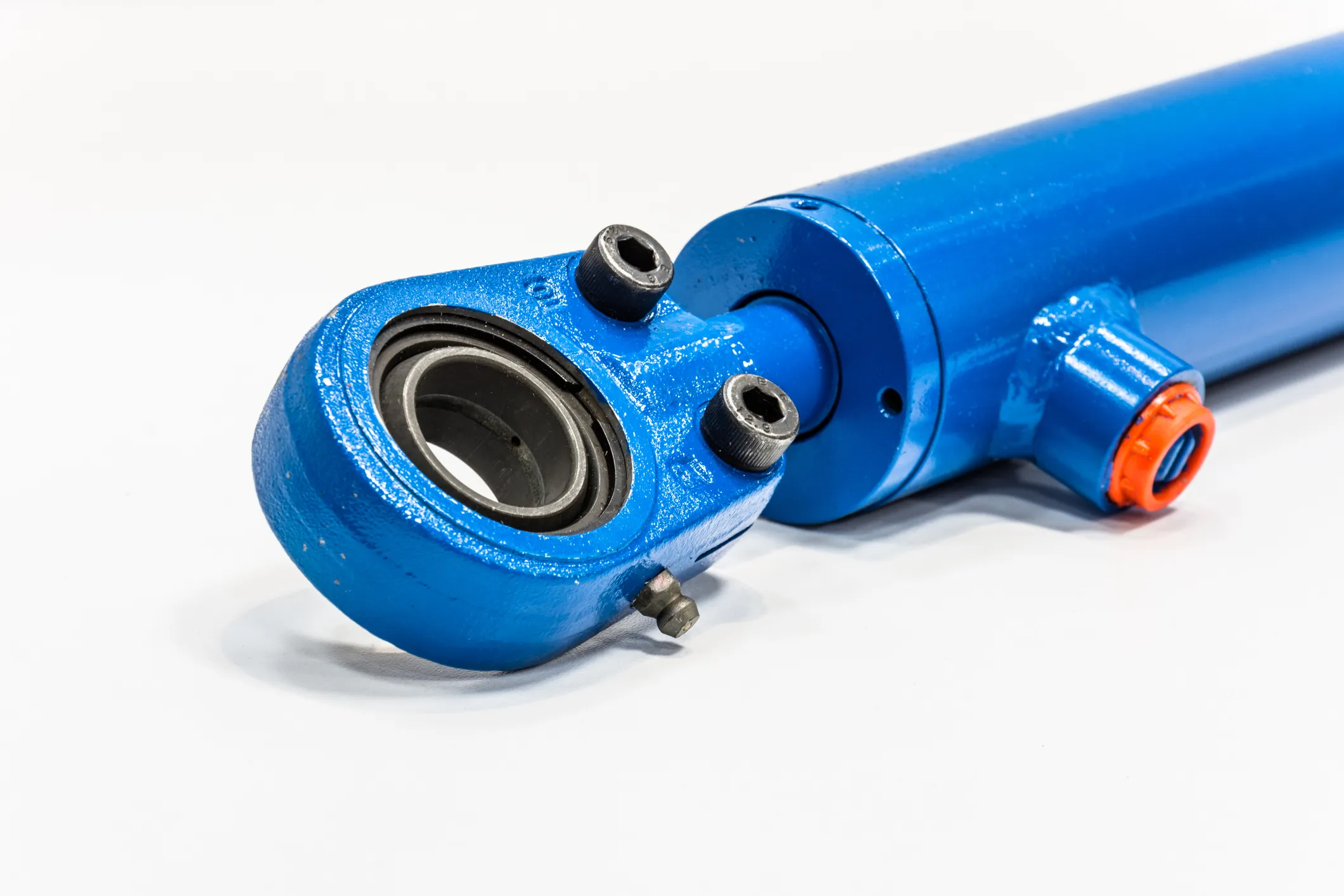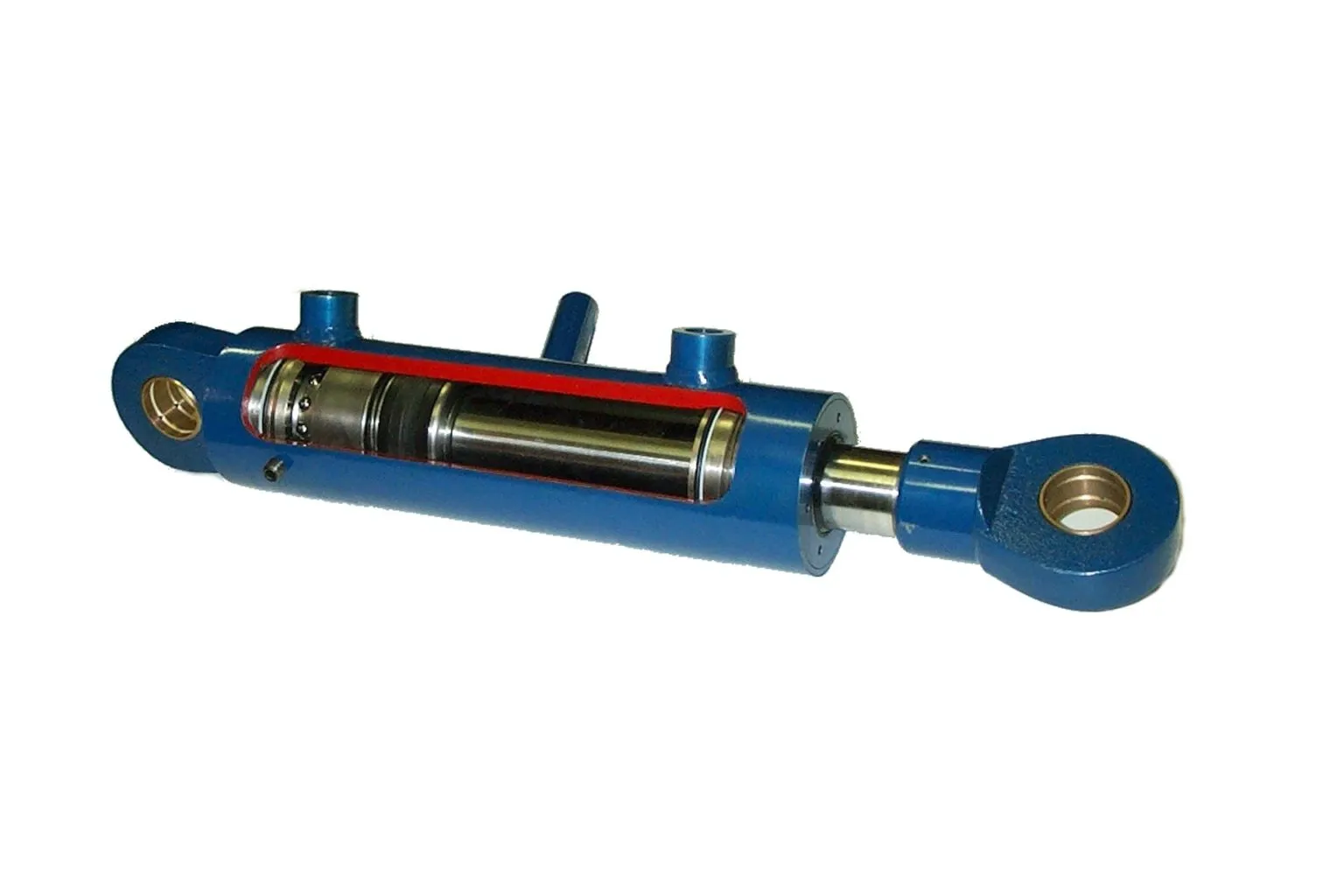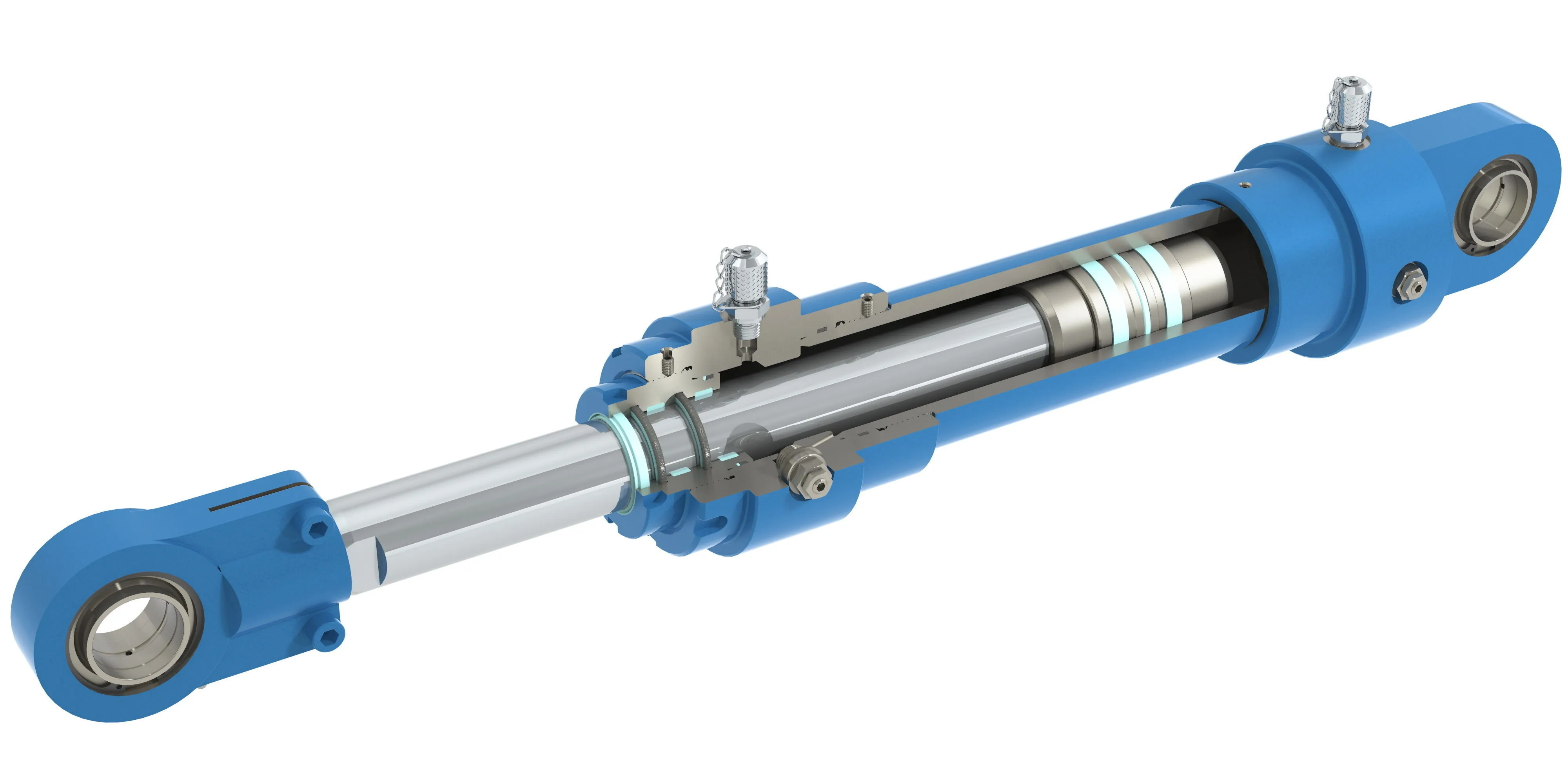

Unlocking the Power of Locking Single-Acting Hydraulic Cylinders
Introduction
Locking single-acting hydraulic cylinders work under hydraulic pressure in one direction and have a locking function to prevent movement in the absence of pressure. Let’s explore the design, construction, working principle, benefits, applications, and maintenance of these specialized cylinders.
Design and Construction
Locking Mechanism – Safety
The main feature of the locking single-acting hydraulic cylinder is its locking mechanism, which can keep the piston in a safe position when hydraulic pressure is lost, preventing accidental retracting. This mechanism can be mechanical or hydraulic.
Variety
The design of the locking mechanism can be customized for specific applications, utilizing spring-loaded locking devices, pin locks, or other mechanical locks.
Compact Structure – Space Optimization
Locking single-acting hydraulic cylinders are designed to be compact, making them suitable for space-limited environments and various equipment.
Precision Manufacturing – High-Precision Machining
Components undergo high-precision machining to ensure good fit and sealing performance, with strict quality control measures in place during production.
Assembly Process
Specialized technicians handle the assembly process, ensuring correct installation and calibration of components. Pressure tests are conducted post-assembly to confirm performance and tightness.
Working Principle

The locking single-acting hydraulic cylinder operates by utilizing a locking mechanism to prevent piston retraction under load when hydraulic pressure is lost. This ensures safety and stability in various applications.
Types and Configurations
Three different types of locking single-acting hydraulic cylinders are available, each offering unique configurations to suit specific needs. These variations provide flexibility in design and application.
Benefits
Enhanced Security
Locking mechanisms reduce the risk of accidental retractions, enhancing operator safety and equipment stability.
Reliability
Designed to operate effectively under high loads and varied conditions, locking single-acting cylinders offer consistent performance and durability.
Simplicity
Easy to operate and maintain, these cylinders are user-friendly and suitable for a wide range of applications.
Applications
Locking single-acting hydraulic cylinders find use in construction equipment, manufacturing processes, transportation vehicles, and aviation systems, providing safety and stability in critical operations.
Design Considerations and Selection Criteria
When choosing a locking single-acting hydraulic cylinder, factors such as bearing capacity, sealing, durability, safety, and maintainability should be carefully considered to ensure optimal performance and longevity.
Sealing and Lubrication
Proper sealing and lubrication are essential for the efficient operation of locking single-acting hydraulic cylinders. Using high-quality seals and regular lubrication maintenance can enhance performance and reduce wear.
Preventive Maintenance
Regular inspections and preventive maintenance measures are crucial for ensuring the longevity and reliability of locking single-acting hydraulic cylinders. By following maintenance guidelines, potential issues can be identified and addressed promptly.
Installation Guide
Proper installation of locking single-acting hydraulic cylinders is essential for optimal performance. Following installation guidelines and using correct mounting procedures can ensure safe and efficient operation.
Maintenance Tasks
Common maintenance tasks include regular inspections, proper lubrication, seal replacement, and calibration checks. By adhering to these tasks, the service life of locking single-acting hydraulic cylinders can be extended.
Safety Considerations
Adhering to safety measures and considering environmental factors when using locking single-acting hydraulic cylinders is vital for preventing accidents and ensuring operational efficiency.
Fault Diagnosis and Solutions
Understanding common problems and troubleshooting solutions for locking single-acting hydraulic cylinders can help operators identify issues and implement effective repairs. Preventive measures can minimize downtime and improve performance.
Unit Power
The unit power of locking single-acting hydraulic cylinders is influenced by factors such as cylinder diameter, stroke, operating pressure, piston speed, and load conditions. Optimizing unit power can enhance efficiency and performance.
Advantages of Optimizing Power Unit
Optimizing the power unit of locking single-acting hydraulic cylinders can improve efficiency, reduce energy consumption, and enhance reliability, resulting in increased productivity and cost savings.
Questions and Answers
How does the locking mechanism in a single-acting hydraulic cylinder work?
The locking mechanism prevents piston retraction under load by utilizing mechanical or hydraulic locks to maintain stability and safety.
What advantages do locking single-acting hydraulic cylinders offer over standard single-acting cylinders?
Locking cylinders provide enhanced security, reliability, and simplicity, making them ideal for critical applications requiring stability and safety.

In what applications are locking single-acting hydraulic cylinders commonly used?
These cylinders are commonly used in construction equipment, manufacturing processes, transportation vehicles, and aviation systems for safety and stability.
Long-Tail Keywords
1. Locking Single-Acting Hydraulic Cylinder Design
2. Construction and Mining Applications
3. Customized Power Unit Optimization
Our Company
We are a leading hydraulic cylinder manufacturer specializing in locking single-acting cylinders for construction and mining applications. With a comprehensive product line and dedication to quality, we strive to provide top-notch products and services to our customers.
Author: lyl
